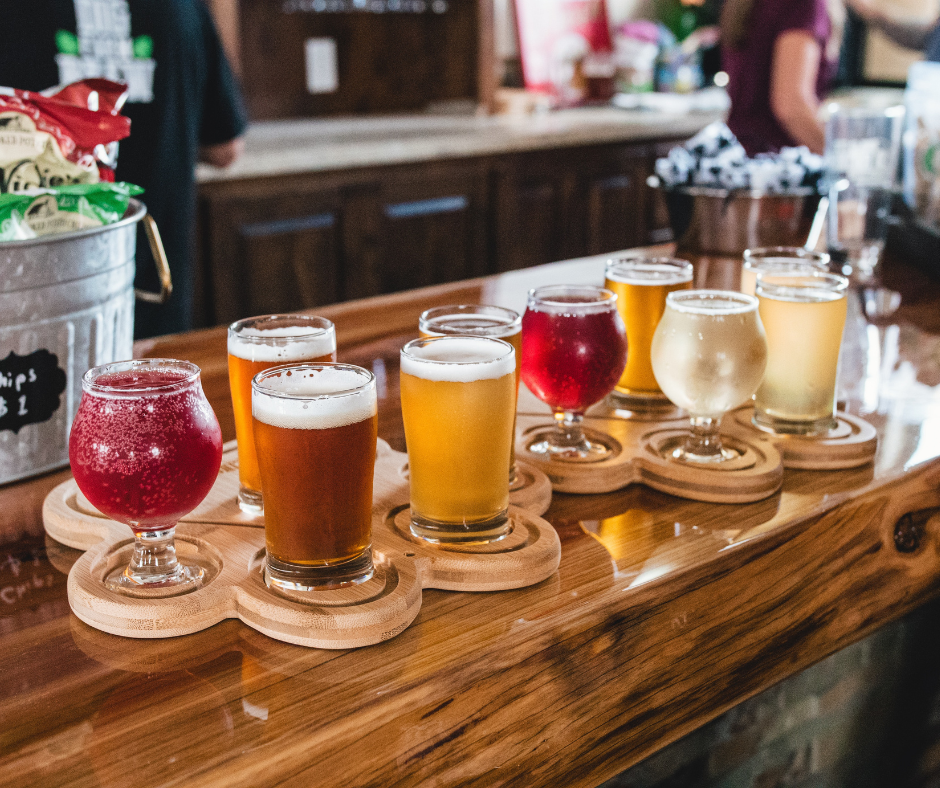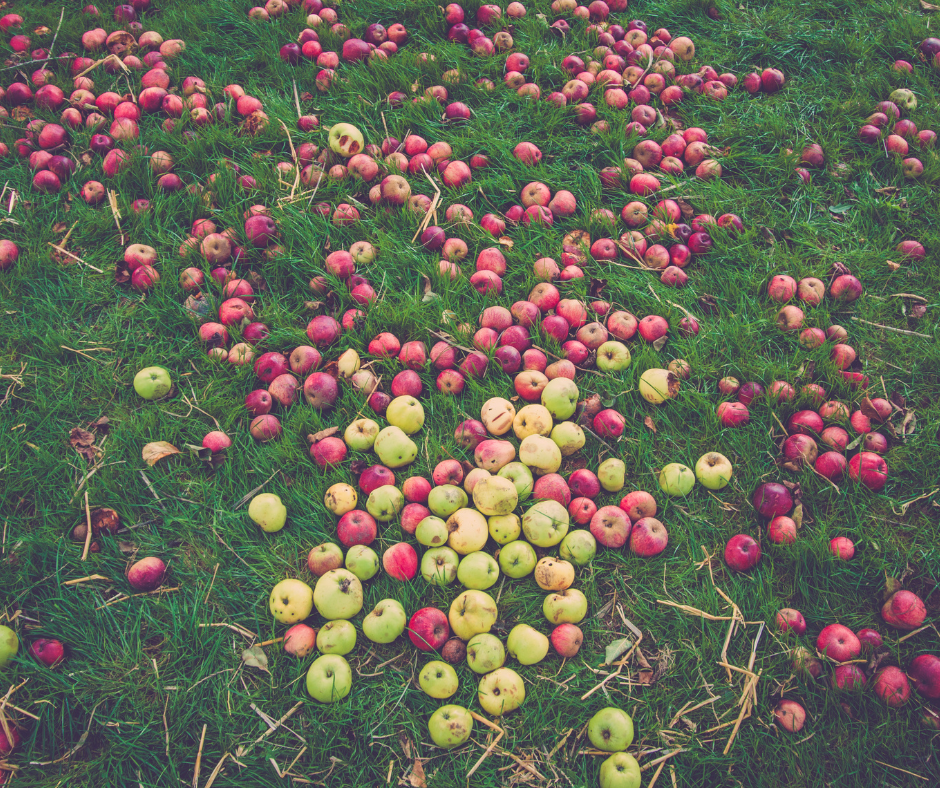By Molly Allen
A crisp, dry cider is the ideal summer sipper, and the American Cider Association (ACA) has launched Dry Cider July to celebrate.
The monthlong Dry Cider July campaign was initiated by the ACA to showcase all that dry cider can be. Describing a cider as dry certainly doesn’t mean it is boring. Rather, it’s a celebration of the unique qualities of cider and the ways that cidermakers truly let the fruits with which they’re working speak for themselves.

What Is Dry Cider?
In simple terms, a cider is designated as dry when it contains zero grams of residual sugar. Cider is made by fermenting the sugars naturally found in apples. Yeast is added to pressed juice which feeds on the existing sugar, ultimately releasing carbon dioxide and creating alcohol. The amount of sugar left in the cider after fermentation is what many cidermakers use to determine the drink’s dryness level or category. That level can range from no residual sugar, meaning dry, to a higher amount of residual sugar, meaning sweet. Some cidermakers may also utilize the term “bone dry” on their labels.
“It’s worth mentioning that over the years there has been interest within industry groups in developing a standard scale for dryness that cideries could adopt,” says Ben Rule, director of sales and marketing for Champlain Orchards. “This would help guide consumers to products they would most enjoy while exploring different brands.”
Though there can be some differentiation in the cider industry between perceived dryness versus actual dryness, many cideries, like Champlain Orchards, designate dry ciders as those with no remaining sugar measured in the final product.

Dry Cider July
For many cider drinkers new to the category, it’s often easier to reach for a sweet or semi-sweet cider. But the ACA, along with countless cideries, is on a mission to highlight that dry ciders can be just as fruit-forward, just as complex and just as delicious.
“We utilize varieties like Foxwhelp, Kingston Black and Dabinett to bring acid, tannins, herbaceous and spice notes to the table,” says Rule. “Our ‘low and slow’ approach to fermentation helps preserve some of these more delicate notes that can be lost in a faster, warmer fermentation process. Although this approach may not yet attract the largest pool of current cider drinkers, there is certainly a growing appreciation for truly dry cider as our industry evolves.”
Some cideries choose to let apples shine on their own, while others incorporate hops and other fruits or botanicals to bring additional flavor to the mix. Dry ciders may also be aged in barrels for a more complex product that also contains zero grams of residual sugar.
Dry ciders may also be considered a bit healthier due to their lower sugar content and, correspondingly, their lower calorie count. In addition, a crisp, refreshing dry cider can make for the perfect food pairing — everything from a simple cheese plate or pasta to crepes. “We find them more versatile with food,” adds Rule.
To discover your new favorite go-to dry cider, visit the American Cider Association’s Dry Cider Directory.





